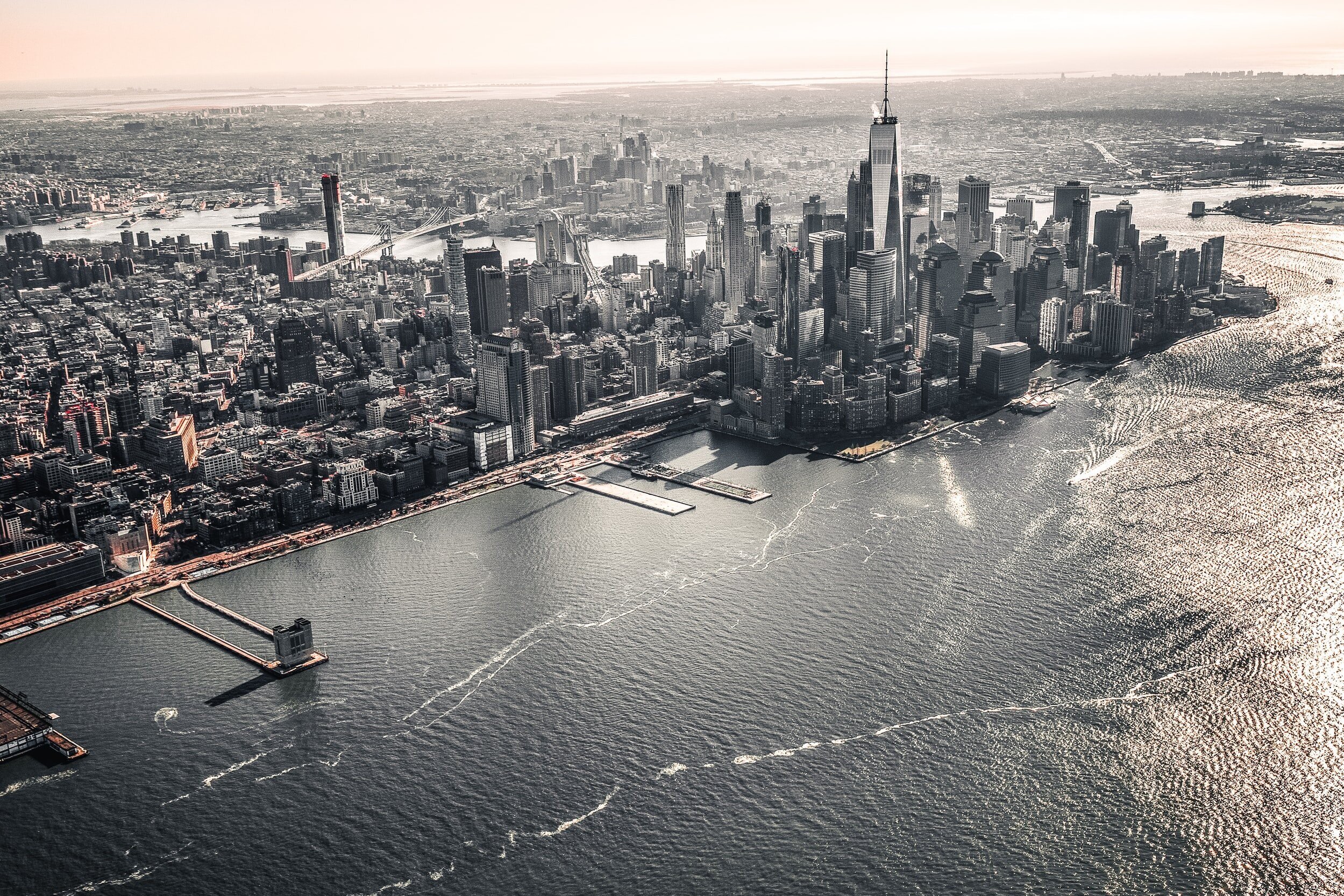
New York City/New Jersey Flooding 2021
A state of emergency was declared across New York City and New Jersey in the wake of Hurricane Ida on 1st September 2021 with excessive rainfall leading to a deadly and destructive flash flooding that the region has not experienced before. Changes in climate mean that there is potential for such an event to occur again in the future.
Cause
The widespread destruction from Hurricane Ida has led to environmental, economic and social damage with the flooding of infrastructure, damage to property, disruption of power supplies and the loss of life throughout the region but why did this flooding occur?
The flooding that occurred in New York City and New Jersey can be attributed to weather conditions that were brought on by Hurricane Ida, a category 4 Atlantic hurricane, that initially formed on 26th August before reaching land in Louisiana where it was recorded as the second most damaging and intense hurricane experienced in the state behind Hurricane Katrina. As Hurricane Ida made landfall in Louisiana it continued to move up the eastern coast of the United States bringing with it weather conditions of extreme wind speeds in excess of 150 mph (240 km/h) as well as rainfall that greatly exceeded average annual rainfall for many states over a period of a day. Hurricane Ida would proceed to deposit vast quantities of precipitation across Northeastern USA with New York and New Jersey experiencing rainfall that exceeded 3 inches over the period of an hour, with 3.15 inches of rainfall being recorded in central park over the period of an hour while Newark, New Jersey experienced a new hourly record of 3.24 inches. Hurricane Ida also came in the wake of two other hurricanes, Fred and Henri, that the region had experienced two weeks prior to Hurricane Ida contacting this region. As such the antecedent conditions from these events led to increased soil saturation across New York and New Jersey meaning that the precipitation from Hurricane Ida would not be able to infiltrate these permeable surfaces. With the pore spaces within the permeable surfaces being saturated the precipitation from Hurricane Ida had nowhere to go as it could not infiltrate as well as the precipitation exceeding the drainage capabilities in place across the region. With no possible way of removing this excess water, flash flooding occurred leading to widespread damages across the affected region, with areas across New York and New Jersey being evacuated to reduce the flood risk for human life.
New York City had addressed some issues relating to flooding following Hurricane Sandy including through the Cloudhurst Resiliency study that was completed in 2018 leading to increased permeable green infrastructure, improved drainage systems and drain pumps. However, the larger measures that are required to drastically reduce the impact of pluvial flooding would require large investment and the redesign of many areas. As such these pluvial flood defences are not in place and potential for events such as these will be present in New York City until these are addressed.
Flood Event
On Wednesday 1st September excessive rainfall across New York City and New Jersey led to the flash flooding of streets and subway tunnels throughout. The National Weather Service’s New York office would initially issue their first ever flash flood warning for New Jersey in response to the flooding that was experienced in northeast New Jersey with the first ever flash flood emergency being issued for New York City an hour following this. The effects of the flooding would be felt throughout the region with widespread damage throughout New Jersey and New York City. This was seen with residents of the impacted areas noting that cars were being swept away, subway tunnels were inaccessible due to flooding as well as the flooding of basements across the region leading to the complete submersion to water, with many of these basements being used as accommodation. As such the water from the flooding brought destruction in its wake claiming lives and damaging property and infrastructure throughout the affected areas.
Impacts
As a result of the flooding from Hurricane Ida throughout the Northeastern states of America at least 43 people have died with many of these being residents of basement apartments that were flooded. The flooding would claim the lives of 27 people who died in New Jersey including residents of apartment buildings as well as one commuter who died while trapped in their flooded car. 14 of these deaths occurred in New York City, with Pennsylvania and Connecticut also experiencing 11 fatalities between them. The flooding also left an estimated 150,000 households without power following the floods, with damage to electrical infrastructure preventing the supply to many regions. The environmental damage associated with this event is yet to be fully comprehended however Overall the economic damages from Hurricane Ida have been estimated to exceed $50.68 Billion, with between $16 and 24 Billion occurring in the Northeastern United States alone (including New York and New Jersey).
With climate change leading to an increase in sea-surface temperatures, the frequency and magnitude of hurricane and tropical storm events increases. As such events such as these are expected to increase throughout the eastern Atlantic region of the United States posing a large risk for further deadly and destructive storm and flood events in the future.
